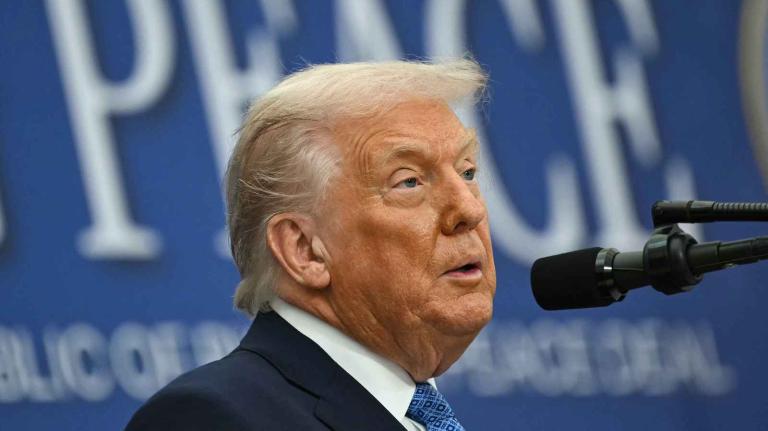As the struggle to pass the Waxman-Markey climate-energy bill showed, there is a certain price any political system is willing to bear for climate action. In China, that price is low. In the United States, it is medium. And in Europe, it is relatively high.
But in every system, there exist two primary ways to reduce the costs of climate legislation to align it with that politically-determined price. One is by weakening the pollution reduction targets – something which provides zero benefit to the climate. The other is by including offsets – making it possible for emitters to get credit for low-cost pollution reduction activities like tropical forest conservation and energy efficiency investments.
Offsets have come under fire from critics who wish all of our organizing and effort had produced a stronger bill. But those critics are aiming their fire in the wrong direction. The inclusion of offsets was critical to getting the cost of the bill to a level at which a majority of the members of the Energy and Commerce committee could support it – without excessively lowering the targets. If the offsets had been eliminated or diminished, the pollution reduction targets would have been weakened much further in order to get the cost of the legislation down to the price the majority would support.
Indeed, we can estimate about how much those all-important targets would have been lowered: according to the EPA analysis (pdf) of the original Waxman-Markey discussion draft, the international offsets alone lowered the cost of the bill by about half. Take out those offsets, and the targets would have been made drastically lower to get the majority support the bill needed. As a result, the bill would have fallen far, far short of what we need to do to avoid climate catastrophe.
For my fellow political science nerds lovers, I’ve written an equation to express this phenomenon below:
|
The Law of Offsets C = T / P Where C = the cost of climate legislation a given political system will bear T = Strength of pollution reduction targets P = Price of pollution reductions |
Excluding offsets also would have meant excluding major sources of global warming pollution like deforestation (20 percent of climate pollution, more than all the world’s cars, trucks, and planes combined) and agriculture (which, with offsets and other changes, has the potential to sequester almost 40 percent of global emissions).
Of course, it’s essential that offsets, like other kinds of pollution reductions, be real – and the Waxman-Markey legislation did a good job of ensuring they are. In addition to establishing a rigorous scientific board to evaluate any proposed offsets, the bill also includes an essential requirement: in order for any offsets to receive credit, they must have already taken place. In other words, you can’t get credit for a plan to offset emissions, but only for verified emission reductions that have already occurred.
In addition, there are a variety of very strict requirements to ensure, for instance, that indigenous and forest-dependent people benefit from tropical forest conservation offsets (indeed, if a country doesn’t meet the bill’s standards for protection of indigenous people, they could be entirely shut out of the program) and that domestic reforestation activities use only native species and protect biodiversity. There are a number of other safeguards and protections you can read about in Part D of the bill.
Of course, there are not an infinite number of real offsets out there. Indeed, the EPA analysis of the Waxman-Markey draft suggested that there may only be several hundred million tons a year of legitimate domestic offsets. As valuable as offsets can be, it’s essential that we maintain their integrity by sticking to the high standards in the bill.
A final point: the use of offsets shouldn’t be conceived of as some kind of necessary concession. They should be used in any climate legislation (or international agreement), no matter how strong, to make it even stronger. In essence, lowering the price of pollution reductions means more reductions are possible while staying within the politically achievable price.
Even if a political system will bear a relatively high cost for pollution reduction (as in Europe), you can still achieve even more pollution reductions through the use of low-cost measures like offsets. To sum up, in the words of climate economist Kenneth Chomitz, “cheapness is a virtue.”


